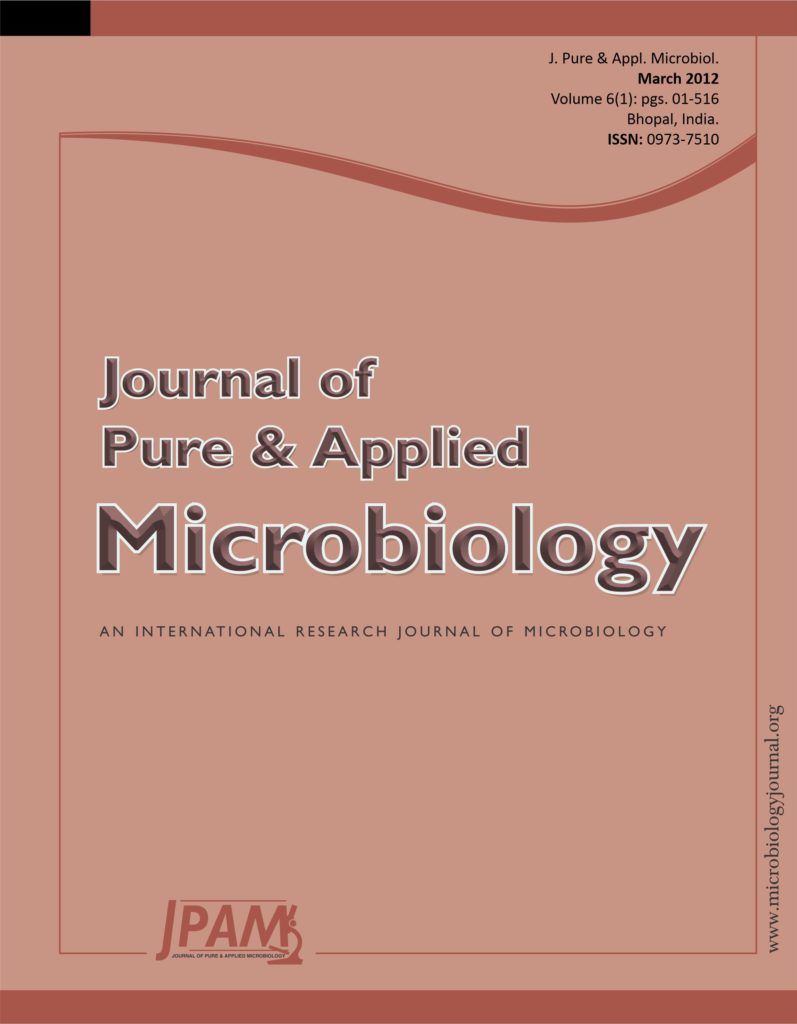Pesticide (Malathion) has been used extensively in Saudi Arabia when there was outbreak of the Rift Valley fever in the south region in September 2000 for elimination of the host (mosquito) and it is still in use. We studied the effect of this pesticide on treated soil. This study started in 2009 in Riyadh Saudi Arabia. Samples were collected from different locations of Riyadh area. The amounts of CO2 from soil microbial community were determined using compuflow 8650 and shown difference between the treated and untreated soil. The mean proportion of carbon dioxide of the treated was statistically and significantly lower than the untreated (3240.3 vs. 5492.6 ppm) respectively. Regression analysis revealed significant reduction of carbon dioxide equal to (b = -48.92 ppm /d) for the treated soil while for the untreated soil, the slope of regression line was stable and not significant (b = 0.37 ppm /d). BIOLOG GP2 micro plates were used to determine 95 different carbon sources substrate utilization patterns of microbial communities.
Pesticide, Rift Valley fever, Mosquito, Soil, Microbial community
© The Author(s) 2012. Open Access. This article is distributed under the terms of the Creative Commons Attribution 4.0 International License which permits unrestricted use, sharing, distribution, and reproduction in any medium, provided you give appropriate credit to the original author(s) and the source, provide a link to the Creative Commons license, and indicate if changes were made.


